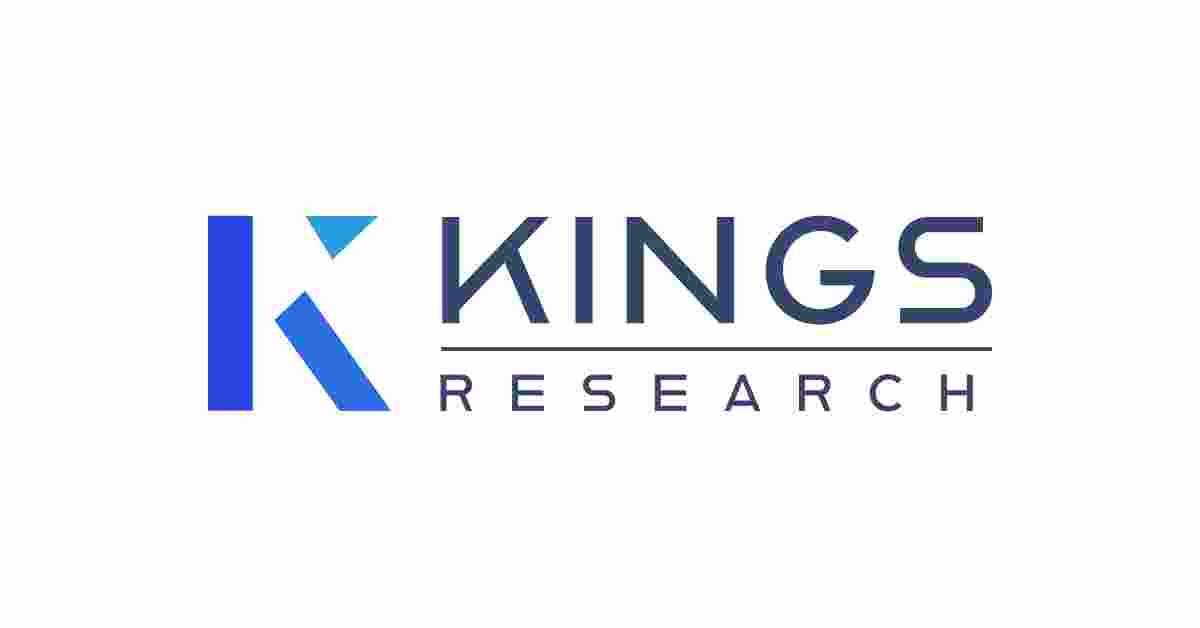The global geothermal power market is entering a dynamic new phase, underscored by its crucial role as a reliable, baseload renewable energy source. Valued at USD 7.90 billion in 2023, the market is projected to climb steadily, with forecasts pointing to a remarkable USD 10.61 billion by 2031, exhibiting a stable Compound Annual Growth Rate (CAGR) of 3.81% over the forecast period. This growth trajectory is particularly significant within the US, where the pursuit of a decarbonized and resilient grid is fueling unprecedented investment and technological innovation in this always-on power source.
Market Summary: The US Geothermal Advantage
The US stands out as a global leader in installed geothermal capacity, holding a dominant position in the North American market. Unlike intermittent sources such as solar and wind, geothermal power, drawn from the Earth’s constant heat, provides reliable, continuous ("baseload") electricity. This makes it an indispensable component of the nation's energy transition strategy. The market's valuation highlights its established role, with the projected growth reflecting both the expansion of traditional high-temperature resources and the unlocking of next-generation technologies across the US landscape.
Market Analysis and Scope: Beyond the Western States
Historically concentrated in geologically active regions of the Western US, such as California, Nevada, and Utah, the scope of the geothermal power market is rapidly broadening. Technological breakthroughs, particularly in Enhanced Geothermal Systems (EGS) and advanced drilling, are transforming previously inaccessible low-permeability rock into viable energy reservoirs. The market now spans three primary plant types—Dry Steam, Flash Steam, and Binary Cycle—with Binary Cycle technologies gaining traction due to their ability to harness lower-temperature resources, significantly expanding the developable footprint across the US. This expansion is key not only for electricity generation but also for direct-use applications like district heating and industrial processes.
Key Market Drivers: Policy, Reliability, and Innovation
Several high-impact factors are driving the US geothermal market:
1. Demand for Clean, Firm Power: The most critical driver is the need for a non-intermittent, low-carbon energy source that can balance the influx of variable renewables. Geothermal is championed as the ideal solution to provide "clean, firm power" to the US grid.
2. Federal Support and Incentives: The US government has strongly backed the industry through supportive policies, tax credits, and substantial funding for research and development, which helps offset the high upfront capital costs of exploration and drilling.
3. Technological Innovation: Advances like EGS, horizontal drilling borrowed from the oil and gas sector, and the implementation of AI/Machine Learning for resource exploration and reservoir management are dramatically improving efficiency and reducing costs across the entire US geothermal sector.
Regional Analysis: The US Geothermal Heartland and Emerging Fronts
The Western US remains the powerhouse, with California’s Geysers field and the developments in Nevada continuing to anchor the market. However, significant momentum is building elsewhere. The Utah FORGE site serves as a world-class laboratory for EGS research, promising to prove the viability of next-generation systems. Furthermore, states in the Pacific Northwest and the Intermountain West are becoming new exploration fronts. This regional diversification is crucial for the US to achieve its ambitious clean energy targets and ensure energy security nationwide.
Recent Developments: Scaling Next-Gen Systems
Recent activity underscores the market's dynamism:
· EGS Milestones: Successful demonstrations of Enhanced Geothermal Systems, including those utilizing horizontal drilling, have proven the technology's potential to dramatically increase the geothermal resource base across the US.
· Drilling Cost Reduction: Startups are introducing innovative, compact drilling rigs and new techniques designed to slash the cost and footprint of drilling geothermal wells, making ground-source heating and cooling more competitive for the built environment in cities and communities across the US.
· Strategic Investments: Major energy and technology companies are entering the space, investing in geothermal projects to secure baseload power for critical infrastructure, such as data centers. These strategic partnerships highlight the industry's maturation and its increasing relevance to the broader US economy.
The pathway forward is clear: with sustained technological progress and strong federal backing, geothermal power is set to be one of the most transformative, reliable, and secure elements of the future US energy infrastructure.
Get Full Report: https://www.kingsresearch.com/geothermal-power-market-1886



